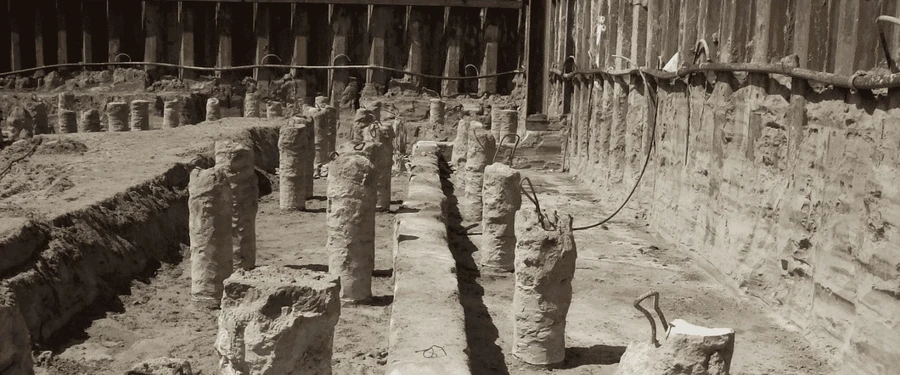Your foundation forms the basis of your building, but problems with it often arise slowly and unnoticed. Especially in areas with peat or clay soil, small subsidence and cracks can ultimately lead to significant damage and high repair costs. With QuickScan, you can quickly and easily gain insight into the condition of your foundation, allowing you to take early action and protect the safety and value of your property.
What is QuickScan?
QuickScan is a fast, visual, and non-invasive inspection method that assesses the condition of a building's foundation. Using simple measurements and observations in accordance with national guidelines, QuickScan provides a reliable overview of potential foundation problems and the risk of subsidence within a short period of time. This allows municipalities, housing associations, and contractors to decide at an early stage whether additional foundation research or monitoring is necessary, thereby preventing damage and high repair costs.
Why choose QuickScan?
A QuickScan foundation survey offers a fast, reliable, and cost-effective way to assess the foundation condition of buildings without major work. This method allows you to detect foundation problems at an early stage, enabling you to plan maintenance or additional foundation surveys in good time. For municipalities, housing associations, and contractors, the QuickScan foundation inspection is an important tool for ensuring the safety and sustainability of real estate, preventing high repair costs, and complying with legal requirements. Thanks to QuickScan's efficient approach, you not only save time and money, but you also gain clear insight into the risks associated with your foundations.
When to use Quickscan?
- When visible cracks are found in walls or facades
- When the building is leaning or subsiding
- When groundwater levels are fluctuating or falling, which could affect the foundation
Our approach
Our foundation investigation consists of several steps:
- Preparation: Collecting available construction data and background information about the building.
- On-site inspection: Performing a visual inspection and carrying out technical measurements such as crack registration and moisture measurements.
- Analysis and risk assessment: Assessing the collected data to determine the risk level of the foundation.
- Reporting and advice: Drawing up a clear report with findings and recommendations for any follow-up steps.





